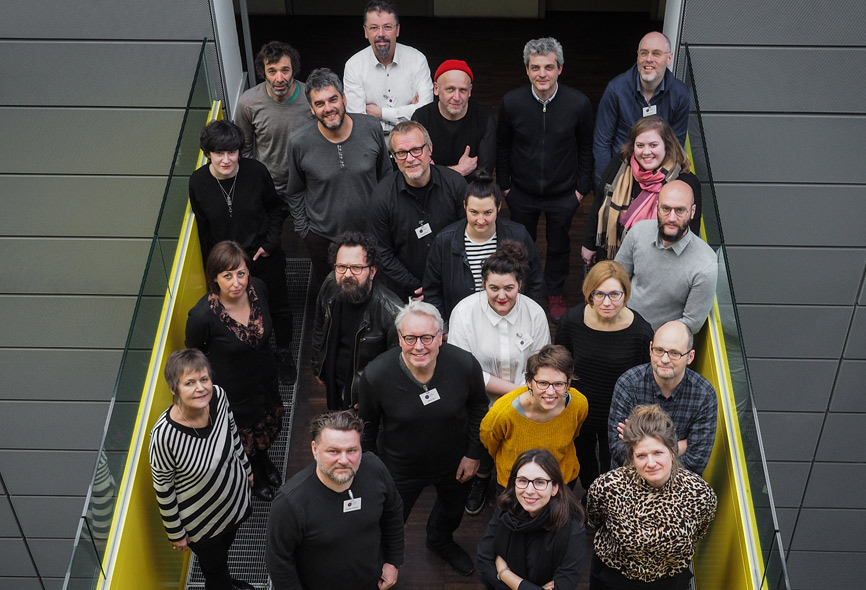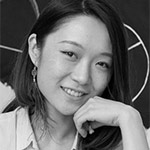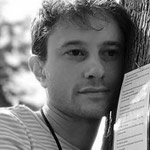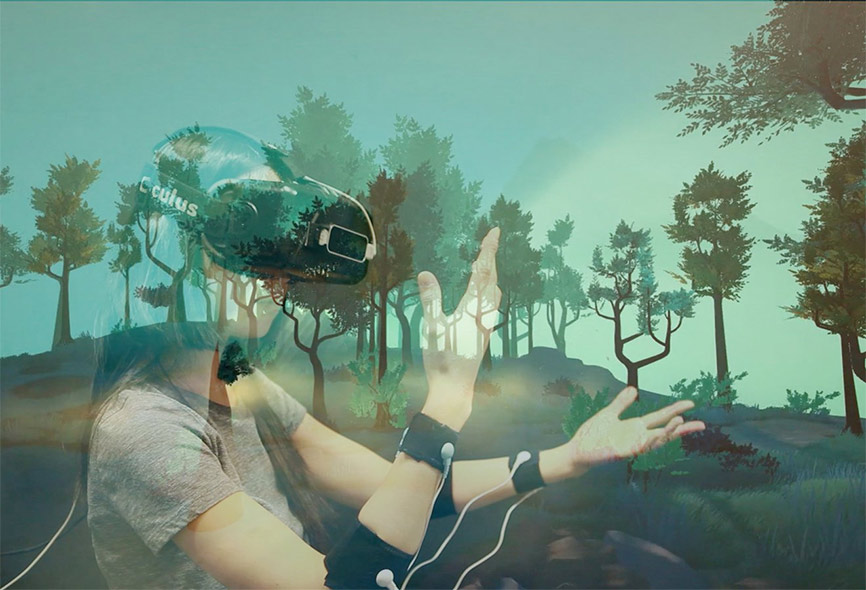The project is still at the beginning of its development phase, but this will change at the latest with the start of the first residency of the newly created European ARTificial Intelligence Lab. The initiative, scheduled to run for three years and launched by Ars Electronica jointly with twelve prestigious art and cultural institutions, is co-financed by the Creative Europe Program of the European Union. It gives artists the opportunity to spend several weeks outside their own studios and to get in contact with experts on a variety of topics.
In this first residency, the two artists and engineers Xin Liu and Gershon Dublon will turn their attention to neuroscience and artificial intelligence at the Muntref Centro de Arte y Ciencia, the Laboratorio de Neurociencia de la Universidad Torquato Ditella in Buenos Aires and the Ars Electronica Futurelab in Linz. The result will then be on show at the Ars Electronica Festival in Linz in September 2020. We want to find out more about the status quo of the Wandering Mind project before the residency begins.

In March, the European jury for the first residency of the ARTificial Intelligence Lab at the Ars Electronica Center in Linz opted for “The Wandering Mind”. Credit: Ars Electronica / Martin Hieslmair
The residency focuses on neuroscience and artificial intelligence. Why is the combination of these two topics so exciting for you?
Gershon Dublon: Both of us are driven to create experiences that touch human sensory perception— to extend it, to shift its focus, to unveil hidden phenomena, to investigate and reveal how what we perceive makes us who we are. This desire led us to search for guidance from cognitive science and neuroscience in many previous projects. To create truly novel experiences, we have always had to start from basic perceptual phenomena and theory.
At the same time, both of us come from engineering and technology, where AI has become both a transformative field and an overused buzzword. Many machine learning systems are inspired in their design by neuroscience, but the ways we interact with AIs remain rooted in the ways of the traditional computer terminal: asking discrete questions and receiving discrete answers; abstraction over perception. We’re excited for the combination of AI and neuroscience to restore a paradigm where perception is the key, and sensitivity unlocks knowledge.
Your project “The wandering mind” is a multisensory experience – can you tell us more about it?
Xin Liu: We are still in the development of the project and excited to explore it through our residencies in Argentina and Austria. Currently, we envision it to be a multisensory experience where sound, haptics (vibrations through scale) and hints of visual elements guide the audience to navigate through the global environmental sensor data we are tapping in.
In our previous works, we have created natural installations with trees and multisensory virtual reality films where the perception is extended and altered. We want the experience to be a meditative journey of transformation and self-discovery. The audience shall explore a soundscape guided by their own attention while gaining feedback—hints—from subtle, familiar sensory stimuli.
What triggered you to start this project? And what do you want to achieve with it?
Gershon Dublon: The wandering mind is an idea we share of being more than an observer of the world, of recognizing that we are part of its complex system. On the planetary scale, we are ill-equipped to observe change in progress. Climate change, for example, or the extinction of a species, become distant facts, products of an inevitable churn. We take stock, but most often we can only look backwards.
“In this project, we want to enable individuals to feel, hear and experience their unique positions in and connections to the larger world. “
The combination of global sensing, AI, and multisensory stimuli form a collective nervous system through which we can traverse new temporal dimensions of perception.
Xin Liu at her Space Art Talk, most recently at the Ars Electronica Festival 2018 in POSTCITY Linz.
What are your expectations for the residency in Argentina and Austria? What are you looking forward to?
Xin Liu: The resources and expertise from our collaborating scientists during the residency will form the roots of this project. At the same time, the residency is unusually and wonderfully split across two very different locations. We are very excited to be immersed in both local communities and cultures to help us situate our global project in a global context. We expect many inspiring moments of learning as well as challenging discussions that will help us map the possibilities of the wandering mind.
Xin, you are artist and engineer, Gershon, you are creative researcher and electrical engineer. Together you are slow immediate– how did you come to work with each other?
Gershon Dublon: We met 4 years ago, and have been together in work and life since then. We began to share a professional context as graduate students and researchers. Looking back, our interests have always been aligned, but we only began to see how they might complement one another in a collective practice as we worked more and more together. Xin’s work investigating and expanding perception of self-fit naturally with my work investigating and expanding perception of the outside world.
Xin Liu: Both of us want our work to (re)align perception of self, planet, and universe. Both of us challenge ourselves to use engineering and science as an expressive medium. We started slow immediate after we both graduated from MIT, an experiment to see if we could translate a strong alignment of interest and complementary backgrounds into a joint creative practice, and here we are!

This project has been funded with support from the European Commission.
This publication (communication) reflects the views only of the author, and the Commission cannot be held responsible for any use which may be made of the information contained therein.

Xin Liu is an artist and engineer whose practice includes performances, art objects, scientific experiments and academic works. She considers science as a language and technology a means to explore emotions, beliefs, and subjective experiences. Liu is arts curator of the Space Exploration Initiative at the MIT Media Lab. She has won numerous residencies and awards and has presented at the Sundance Film Festival, the Walker Art Center, the OCAT Shanghai, and the Ars Electronica Festival in Linz.

Gershon Dublon is a researcher, artist, and engineer creating environments, installations, systems, and studies for aesthetic and transformative sensory experience. His work has been exhibited at the Boston MFA and shown at Montreal’s RIDM and at Ars Electronica. His writing appears in journals such as Presence and Scientific American.
Note: The next Open Call of the ARTificial Intelligence Lab starts in August 2019 – then you can apply for a residency at the Edinburgh Futures Institute of the University of Edinburgh, one of the leading institutes in Europe in the fields of data science, AI education, research and innovation, as well as at the Ars Electronica Futurelab. More information from August 2019 on ars.electronica.art/ailab!
